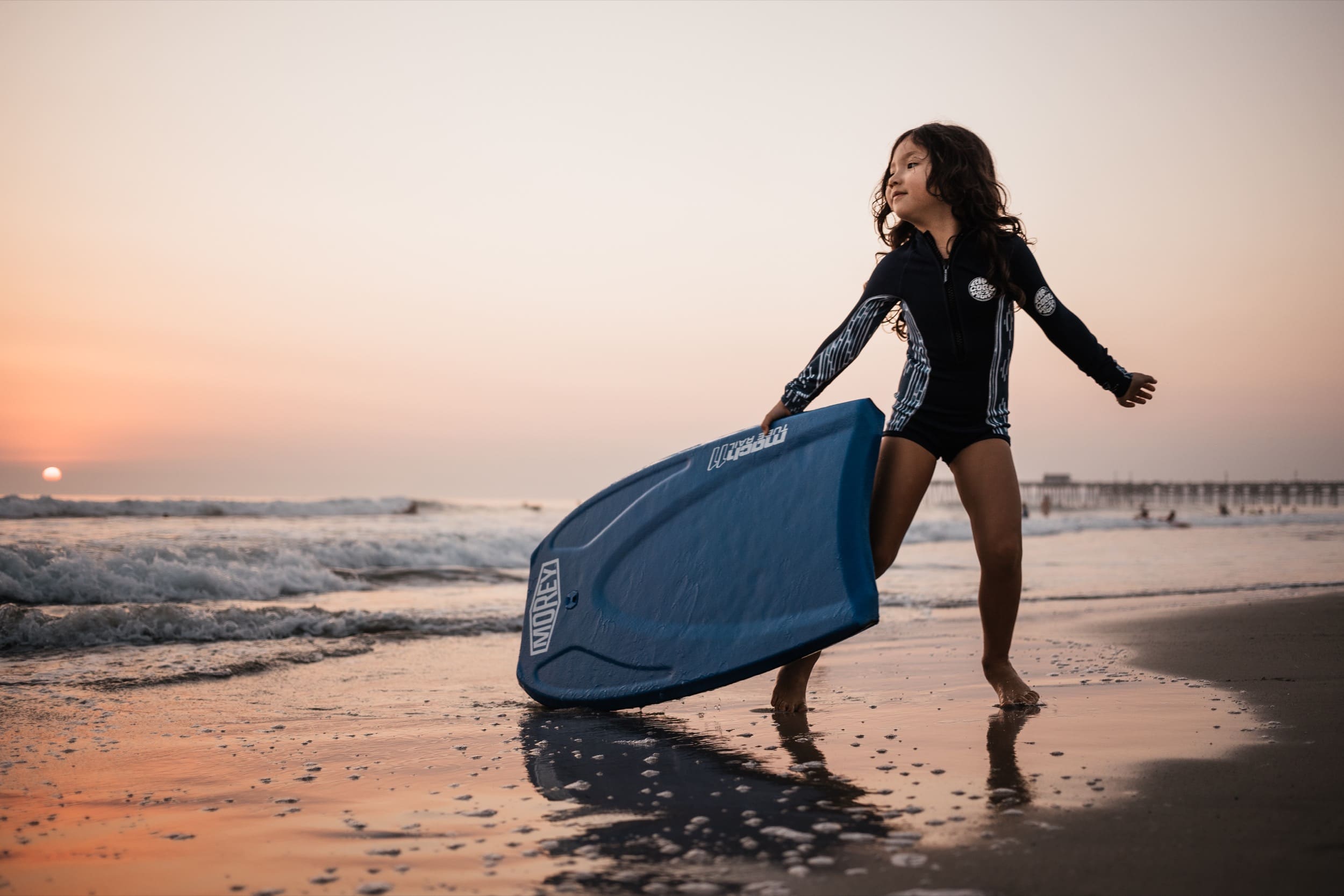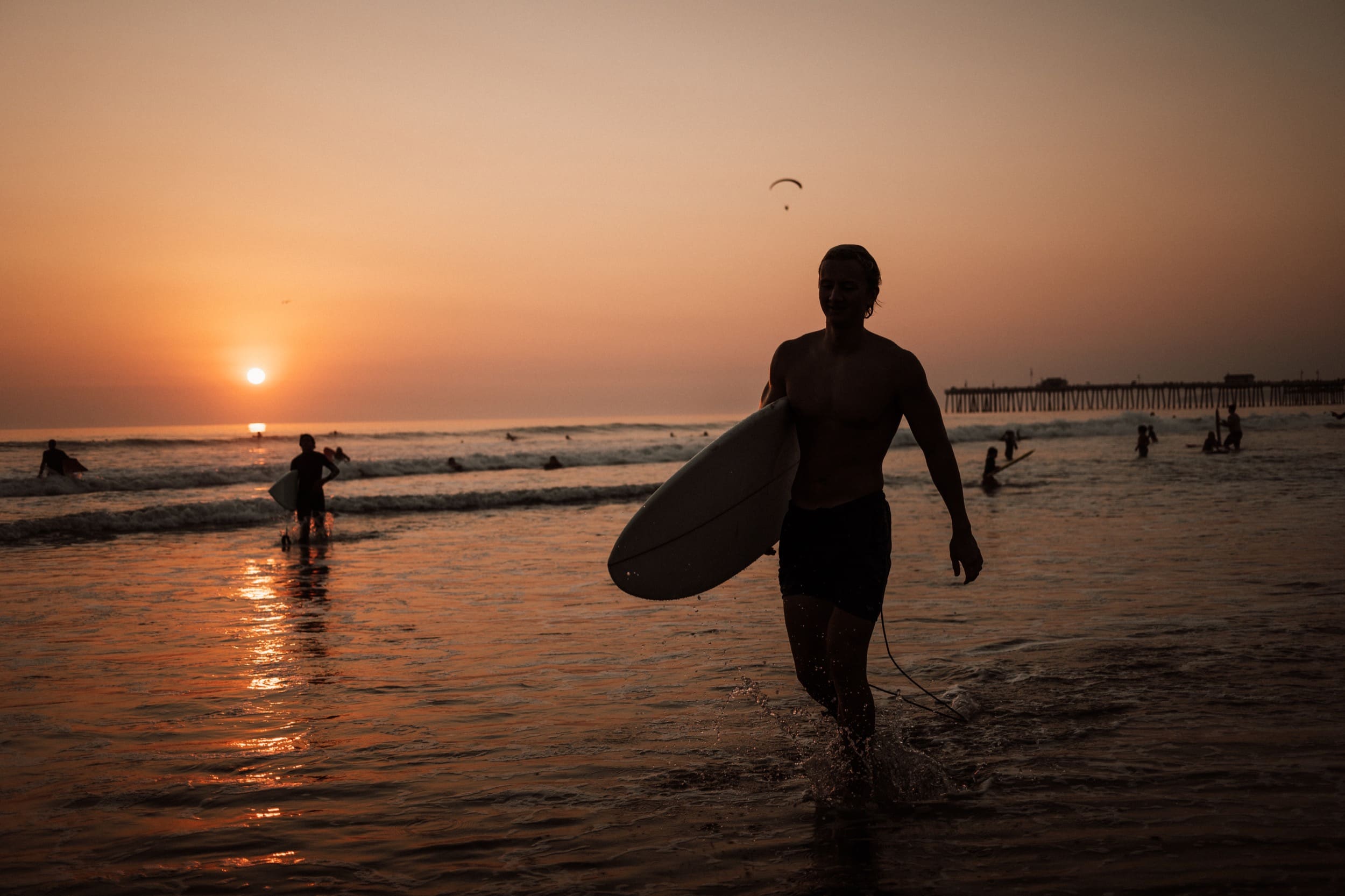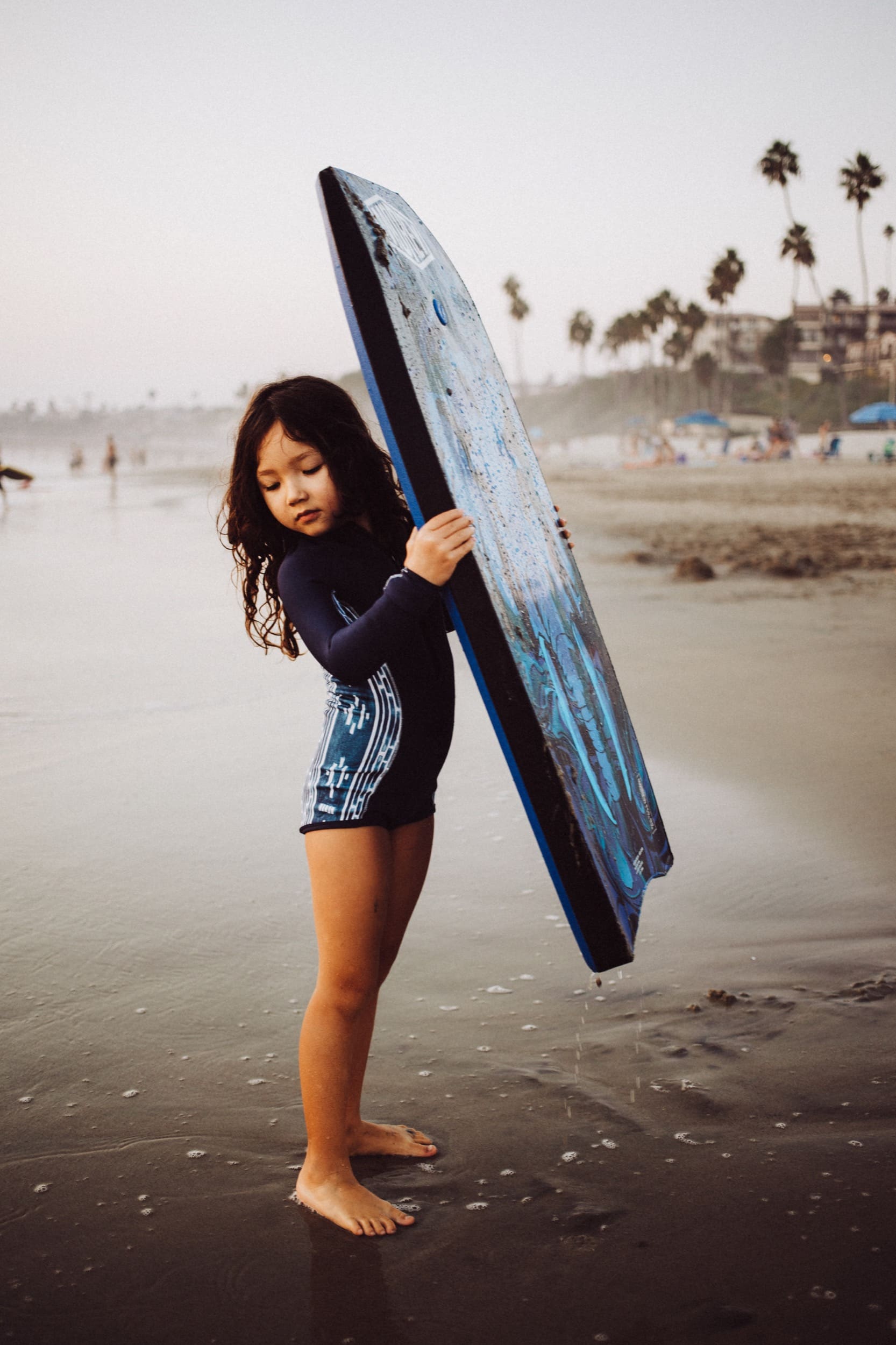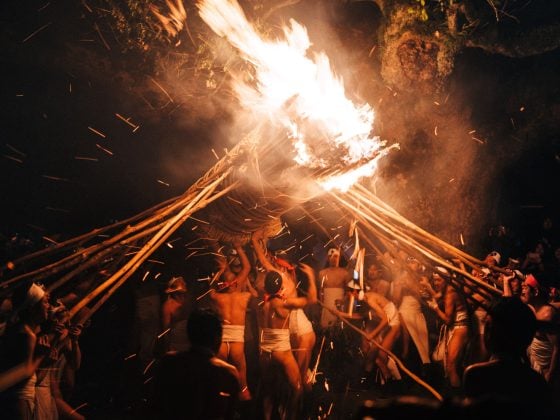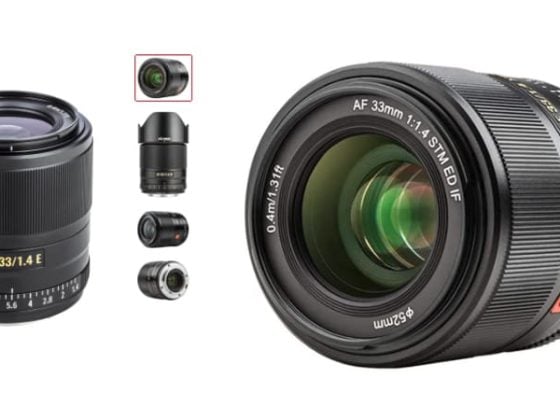Ok, so where do I start? How do I start? The Canon R6.
I guess I’ll start by saying I only shot with this camera on the Canon 40mm f2.8 with the EF adapter. That lens is a ton of fun on this body. AF is great and silent, plus great micro-contrast with nice center sharpness. I highly recommend it.
For still photography, most of the cameras that have come out in the last three to four years, are more or less the same. New cameras have minor improvements with some features that may or may not improve what you’re already doing.
You look back through my portfolio, and there isn’t a significant change in what these cameras allow me to capture today, compared to what I was able to do 10 years ago. It’s mostly about the usability of the system. Things have just gotten easier, shooting now takes less work.
What I’m saying is, you don’t need to rush out and buy a new camera if your camera is already working for you. But if you’re on something like an older 5DII (I still have mine), then you’ll probably really like the improved low-light performance and improved dynamic range of the R6, as you get used to the new features, you’ll wonder how you ever lived without them. That’s kinda how it works.
For me, what I like about the mirrorless revolution is the ability to shoot off the LCD screen with great autofocus with smaller and lighter camera bodies that can be paired up with great lenses like this little 40mm for a truly compact system.
Another big thing we get now with mirrorless is a stronger focus on hybrid capabilities as well as more advanced user assist features like eye autofocus.
For photographers, new cameras mostly boil down to the quality of life improvements, with small incremental improvements to image quality over the years.
The big upgrades you get from the Canon R6 compared to the EOS R are the IBIS, full-frame 4k video, and what seems like an improvement in dynamic range. Are these game-changing? They can be, depending on how you shoot. Although with the R6 you are taking a hit to your resolution compared to the R.
At this stage, I’m thinking that it might be nice to eventually see Canon drop IS from some of their zoom lenses if IBIS is good enough. It’s looking like Nikon’s comparable Z lenses without the IS are showing better results on the MTF charts. Canon makes great lenses so the only thing I can think of that’s causing this drop in sharpness with Canon lenses is the addition of IS in the lenses. I would bet having some elements drift around reduces sharpness some. But then again, you get something like 9 stops of stabilization out of the Canons IS lenses with IBIS, which probably helps reduce shake which can improve sharpness. So that might make for sharper images when shooting handheld. Who knows, but it’s something to think about and probably impossible to test.
I really like how all the different brands are different here. If you want usability with all the best IBIS and autofocus with some of the best versatility or portrait zoom lenses ever made, with some cheap primes that are ‘good enough’ for run and gun, you go to Canon. If you want a nice mix of everything, you go to Sony. If you want the sharpest lenses with some of the most practical primes ever made, you go to Nikon.
Now that all the cameras have mostly caught up with on-sensor autofocus, buying cameras has come back down to the same old thing it’s been for the last 100 years. It’s all about the lenses.
Here are my thoughts about the R6, after shooting with it for the weekend.
Canon R6 Impressions
So I rented this camera to do memory card tests as I always do with every camera and this time I had some time to go out shooting with it and overall had an amazing experience.
The camera is nice, it really is. I like it. I don’t know why everyone is so hung up talking about the R5. Everything about the R6 feels amazing. The EVF is so clean and clear, Canon – like Nikon also uses great screens with 2m dot resolution, so the experience is all really good and Canon always does a good job at the user interface. Keeping it clean and intuitive.
Again, the EVF is amazing.
You still can’t go as deep into customization as you could with a Sony, Fujifilm, or Nikon. Sometimes I appreciate this for simplicity’s sake.
The grip and the controls have all been refined over the EOS R. The tracking and AF are insanely responsive. The boxes draw very quickly and animate big and small with it all feeling very high-tech.
They’ve backed off the overly Red color science found in the EOS R, so I think it’s now a little better, much more like the DSLRs before it. I like this a lot even though I still heavily color my images. The more neutral rendering helps.
Every time there is a sensor change there is a slight color change. This is the case with all camera brands.
But don’t worry, colors still have the Canon DNA. They are very easy to adjust and work with. Even with my presets applied here, you can still tell it’s a Canon. There is just that Canon quality to the way it blends the highlights and the colors. It’s nice.

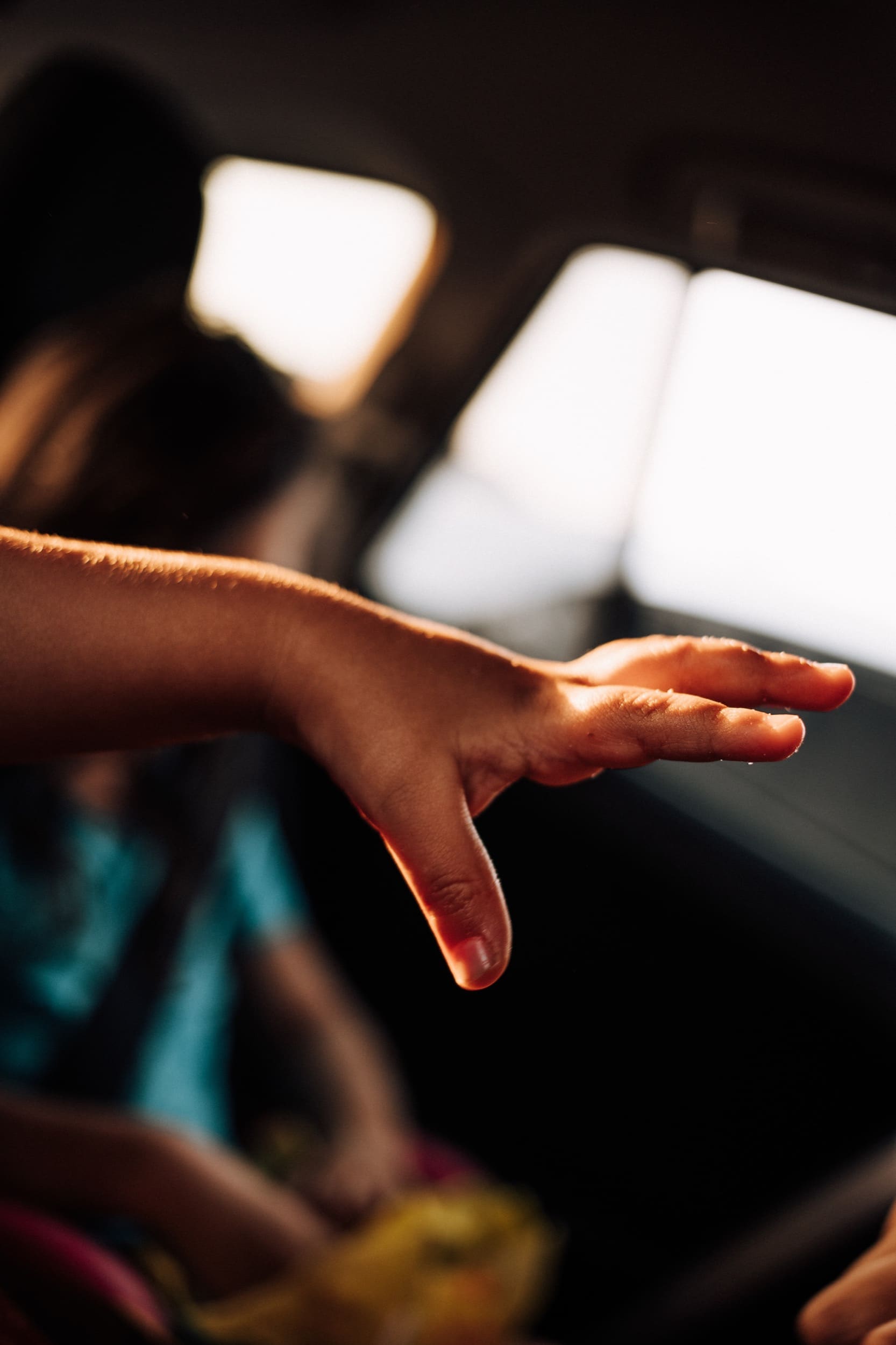
Handling
They’ve added a custom button next to the mount. I’ve really gotten into the habit of using these with Nikon and Fujifilm and I like them. The button feels a little cheesy though like it was an afterthought, still, it’s a button, and it works.
They’ve also added a focus joystick – no cameras should not have one.
No top LCD display which is a shame. I actually really like those top-shoulder displays.
I don’t understand the push for these flippy screens. Needing a front-facing screen for vlogging is such a niche thing and you totally destroy the ease of using the LCD screen when you have to fold out a giant wing to shoot photos at a lower angle. I don’t like that all the camera companies are doing this. But I guess if you’re an EVF shooter and you’re of average height then it maybe doesn’t matter.
I’m tall, so using an EVF is not fun as I have to always bend down to shoot at the eye level of normal people. And I don’t even know how people use EVFs if they have kids. I guess they have to wear knee pads all the time.
I wish this camera had a traditional flip screen. I would probably buy one if it did and trade out my EOS R. But that’s just my opinion.
Canon Cripple Hammer
I always hate it when companies like Canon intentionally use firmware to exclude useful features. And you see that in this camera and it’s annoying and unnecessary, especially at the price, this camera would just be perfect if they didn’t take away just a few nice features that are normal in every other camera.
No Uncompressed RAW – This is fine but I have a case of why it’s important for now.
With cameras like Sony or Nikon, shooting Uncompressed RAW would allow you to retain 14-bit when bursting at their fastest bust rates. I’m not sure what bit of depth these Canon’s shoot at when bursting. If they keep it 14-bit then I guess all is good, it’s just that camera companies rarely document these specs and they are important. ( haven’t been able to find these specs on this camera yet ). Many Sony shooters who shoot continuous bursts with compressed RAW are unknowingly only getting 12-bit images. The Nikon Z6 only gives you 14-bit up to 9fps, then it drops down to 12-bit.
No All-I video codec – This is a bit baffling, maybe it doesn’t matter but it seems very intentional that Canon left this out to not make the camera “too good” on the video front. The IPB is still a high bitrate, so it’s probably fine, I didn’t bother doing any tests here, but even the EOS R has an ALL-I video codec.
No DCI 4k – Again this is an intentional omission. The 20MP sensor can do it. They just don’t want to make these cameras too powerful on the video front. Even Sony excluded DCI 4k from their A7sIII to protect their cine line.
There are a few other little things it’s missing on the high-end video side, but when you start getting that nitpicky with video features, you’re probably at the level where you should just buy a video camera.
Canon R6 Autofocus Compared To Other Cameras
People give the 2018 Nikon Z6 and Z7 cameras a lot of heat for their autofocus, always comparing them to new Sony cameras but never the A7III, A7rIII, or EOS R. Of those three cameras from 2018 the EOS R was the best at AF and the most advanced. And the Z6 is better in some ways than my A7rIII worse in others. Neither the Z6 nor the A7rIII do the tracking with eye and face override as the EOS R does and this is a nice feature. I can’t remember if the A7III does this. I don’t think so. So you’re stuck with a tracking mode, or you can push an assigned button for face detection. They don’t do both at the same time like the EOS R or even the Fujifilm X-T3.
The Fujifilm X-T3 probably gives you the most AF features for a 2018 camera in the $2k and under price range.
The Z6 works pretty similarly to the A7rIII except flipped. You get full-frame autofocus with eye detection, then hit your Fn2 button to quickly engage tracking. On the A7rIII it’s the opposite in that you get full-time locking on track, and you push a button to engage eye detection.
It’s very important to clarify this because when most people compare cameras’ autofocus, they don’t compare in the same price range and rarely talk about implementation and functionality. They compare a Z6 to a Sony A9II or a Canon EOS R to a Sony A7rIV.
There is a big problem in the photography community where everyone likes to talk about all Sony camera’s AF abilities as the same when in reality there is a very clear separation between their high-end/expensive models vs the cheaper models.
At the price range of around $2500, the R6 is just blowing away the competition. Granted, the Sony and Nikon cameras are much cheaper. But, if you can afford a camera between $2,000 – $3,000, nothing beats this camera in terms of autofocus performance.
So that’s a big thing to consider if you’re shopping for a camera in this price range. The A7III is not an A9II. The Z6 is not a D850.
How does it compare to the Z6?
I have to say, right now Canon is the king of AF with the $1800-$3000 price range. But how close is the 2-year-old Z6 in comparison?
I would say, the R6 tracking is significantly better in that it will track things in very hard situations in low light whereas my Nikon Z6 usually would get lost. And tracking on my A7rIII is how do I say it politely . . . not good.
That was the biggest difference. I could track surfers coming out of the water, using the touch track with the R6 where my Z6 always gets confused here. I’m not sure how much the Z6II has improved here. It’s now quite a bit better in low light AF compared to the Z6.

Eye and Face autofocus is very good on the Canon, it won’t be game-changing compared to the Nikon Z6 or Sony, but it works better at a distance and overall is slightly more consistent.
The hit rate is good. You can be very lazy and still get a good hit rate. I can come close to matching the hit rate on the Z6 but I have to take a little more control of the different focus modes and switching things around on the fly.
To sum it up, I would say the hit rate on the R6 vs the Z6 is probably about 10% better at the beach here. Although, take that with a pinch of salt, as I was using an f2.8 lens on the Canon whereas I usually use an f1.8, shooting at f1.8 to f2 on my Nikon. But on Canon, I mostly used the tracking mode with the eye and face override. You don’t even get that feature on the Z6. On my Z6, I switch between the different focus modes on the fly to pinpoint exactly what I need. It takes a little more work but gets the job done.
I would say the overall experience of using the AF including the tracking and face and eye detection is 30% better on the Canon R6 compared to the Z6.
But it really didn’t have a massive impact on my overall outcome, again probably a 10% improvement when shooting in tough situations, like backlit at the beach. When shooting kids in the living room, like when I tested the A9II vs the Z6, it basically made no difference. The new autofocus implementations and tools mainly just allowed me to be very lazy, which is pretty important on a Canon R6, since you’re going to spend 60% of your mental energy fiddling and rotating that goddamn flippy screen, just constantly.
Overheating
Overheating with the R6 was not a problem whatsoever when shooting stills. I did my memory card tests and never even got a heat indicator. Meanwhile, my Z6 overheated twice while shooting video. Overheating with video in today’s cameras is still pretty normal. Have you never heard anyone talk about the Z6 overheating before?
I saw Cinema5D now CineD did a documentary with the R6 and they had heat issues with it, but, come on, let’s be fair and honest here. It was summertime in Japan. I’ll overheat and die long before my camera will when shooting in the summer in Japan.
Yes, I know the A7sIII didn’t overheat for them, but that’s a 12MP camera, not exactly a hybrid that offers the same level of versatility, plus it’s $1,000 more. And now it looks like the new R6 firmware upgrades have helped the heat sensors to better report internal and external temperatures to prolong shooting.
When you compare cameras, you have to immediately compare the price.
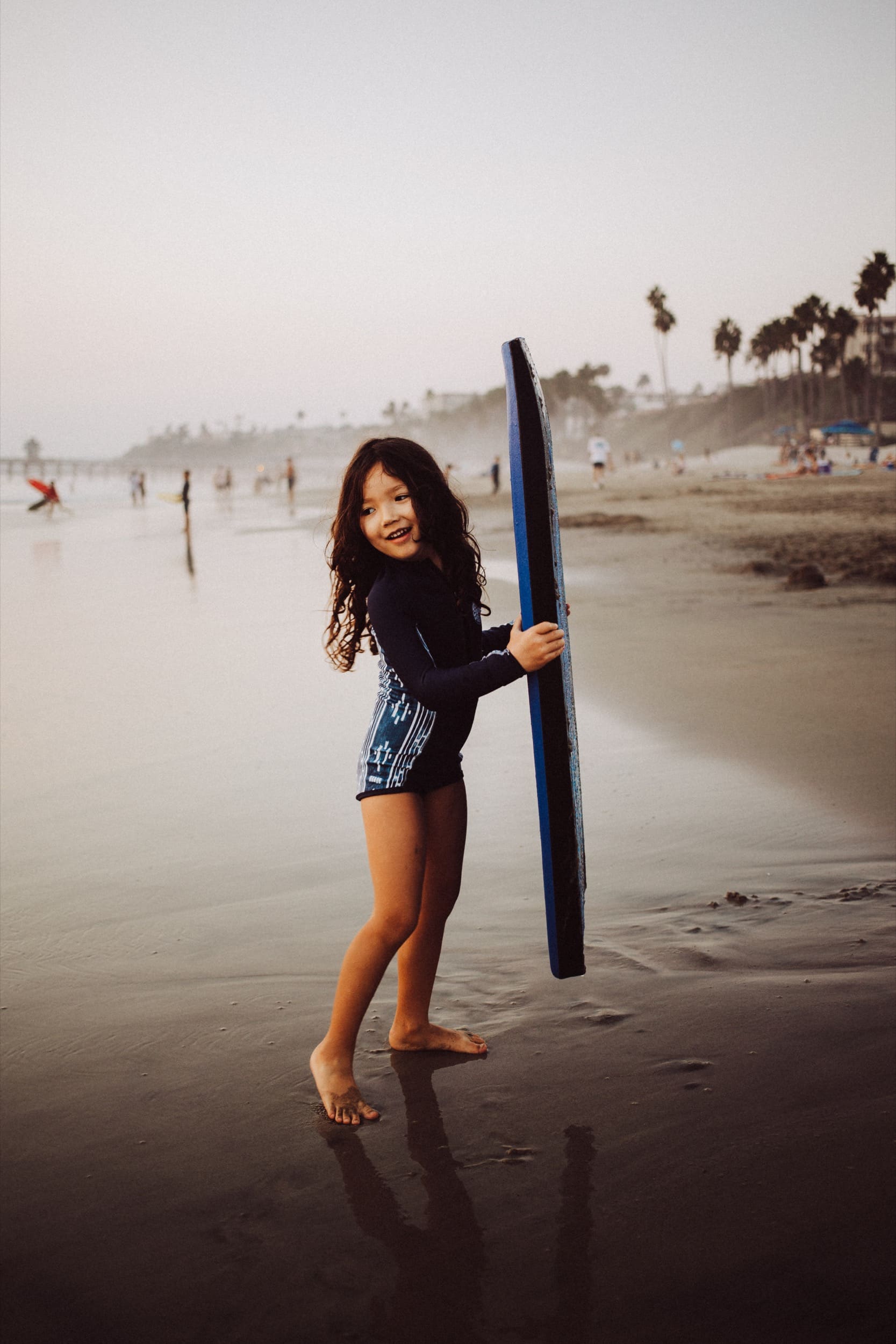
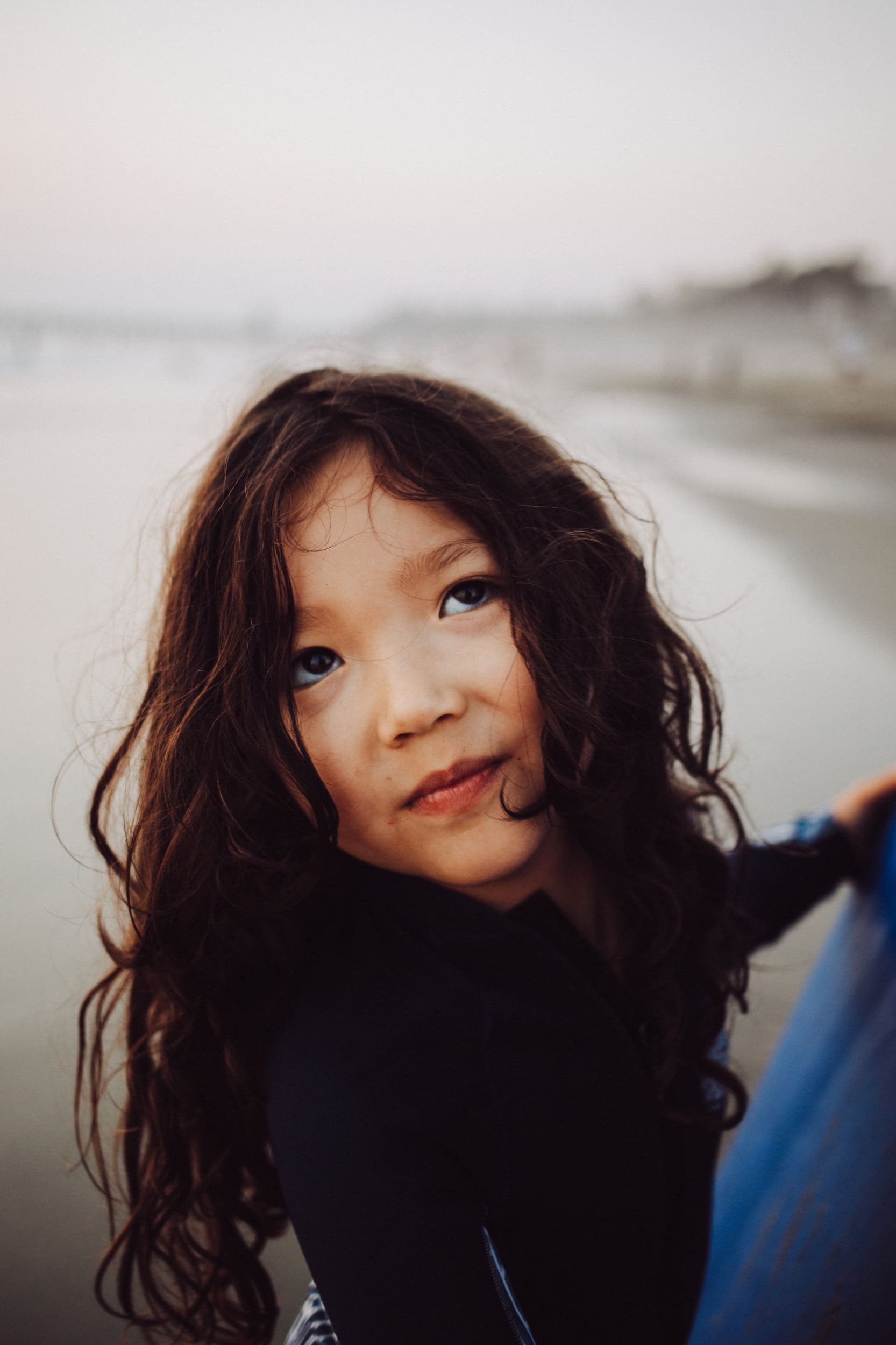
Do I Recommend The R6?
Yes, the camera is amazing. I want one but will probably ride out my EOS R for a few more years since I have other cameras I can use for full-frame 4k video. Plus the EOS R still has amazing autofocus with a pretty decent sensor for general shooting. I’ll probably just hang onto my R for now and see if Canon ever makes a camera with a normal screen.
If you want a hybrid camera with high-end video features like 4k h.265, insanely responsive AF, and that 12fps mechanical + 20 fps electronic shutter, there is pretty much nothing that comes close to this at this price, unless you drop down to APS-C, then you have the mighty Fujifilm X-T4.
You could get the job done with the Z6 II which is $500 cheaper, then if you want high-end video bitrates, you would need an external recorder, which you can get set up with for around $600-$700.
If you want a Sony hybrid that comes close in price and feature, they don’t exist yet, sorry. You’ll have to wait for the A7IV which may or may not even offer the same level of video features. It might not even have A9 level of AF, since that would kill that line if it did. We’ll have to wait and see what Sony does here.
To sum it up, the Canon R6 is very close to perfect for a general hybrid camera and there are not any cameras that can touch in terms of overall performance, but that comes at a $500 increase in price compared to the competition, which is currently the Sony A7III, Nikon Z6II. The Panasonic S1, is still selling for the same price as the R6. The Panasonic will now need a price drop or an upgrade to the S1 to compete with this camera.
Other Canon R6 Resources
Best Memory Cards Canon R6 – I did the benchmarks, I’ll update this soon.
Canon R6 Sample Images
These are all shot with the EF 40mm f2.8. Colored with my Core Presets.
I’m working on a new Sepia look that I used in a few of these. They haven’t been added to the Core pack yet, but I’ll add them soon. These are my bread-and-butter presets for my personal use, and I continue to upgrade them. So if you pick them up, you can also download any new version in the future.
Part of the reason a lot of these images look so misty is because of the fires we were having all summer. Then I’ll clip the highlights with the curve tool to flatten out the detail in the skies.
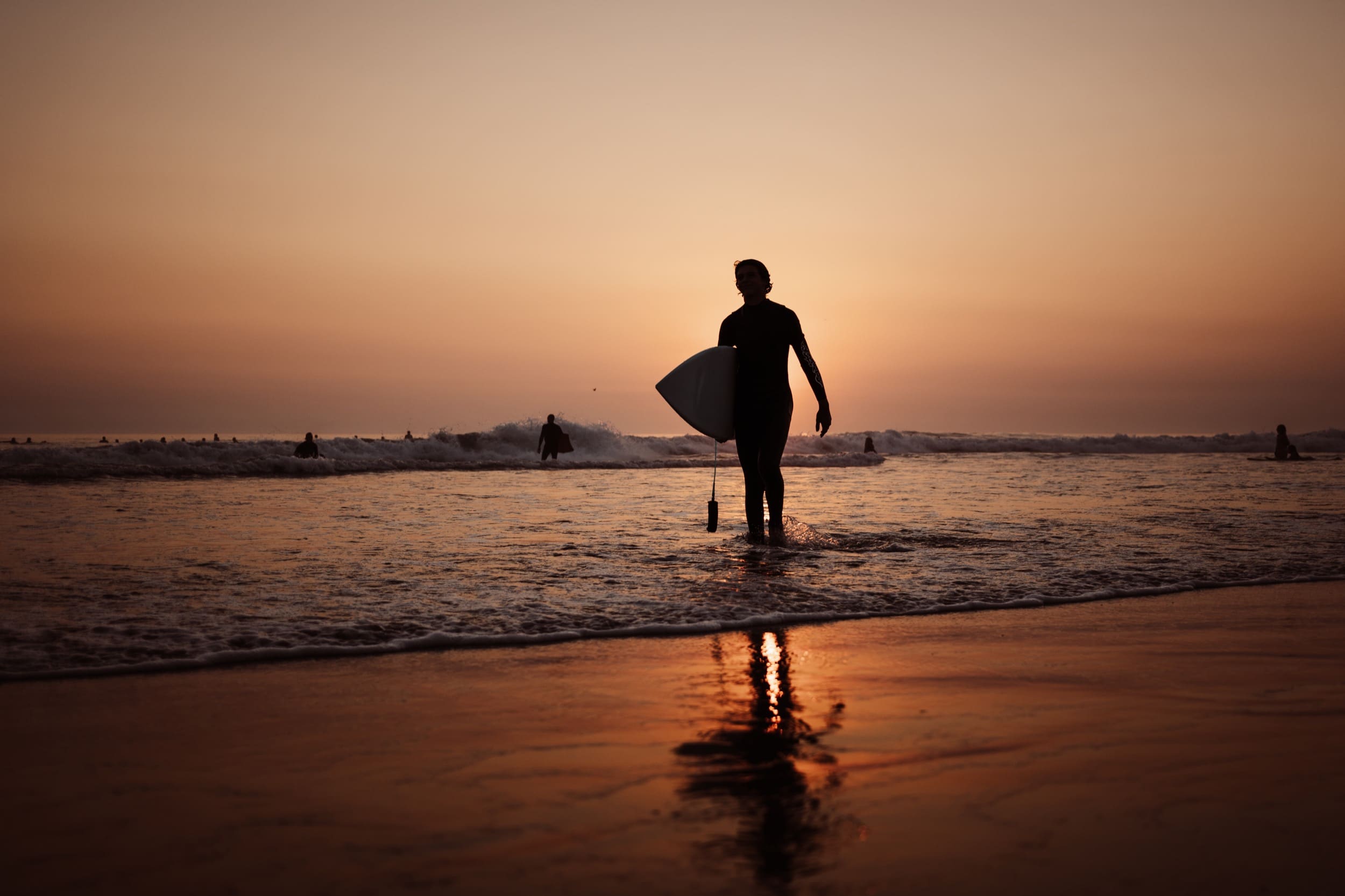




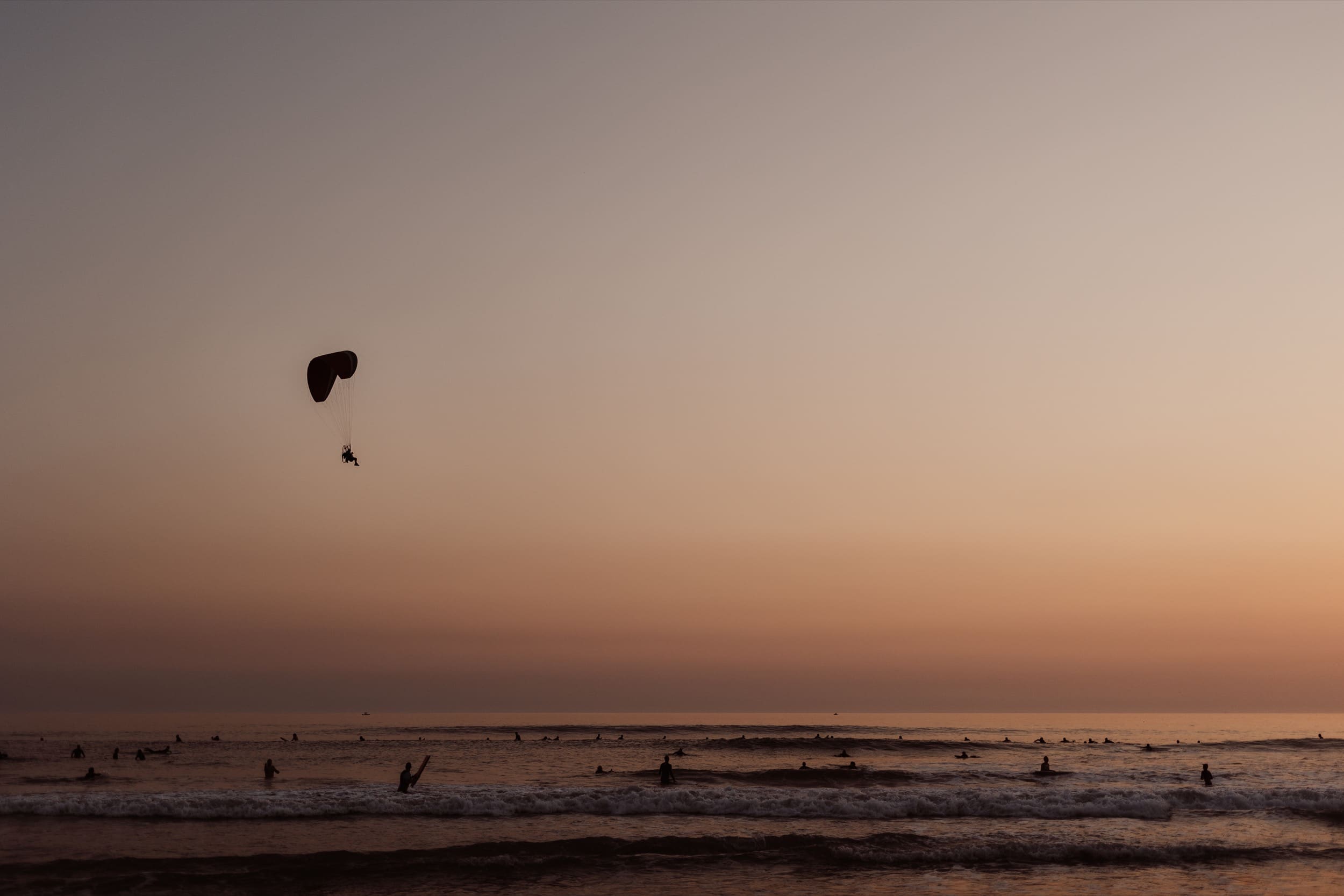
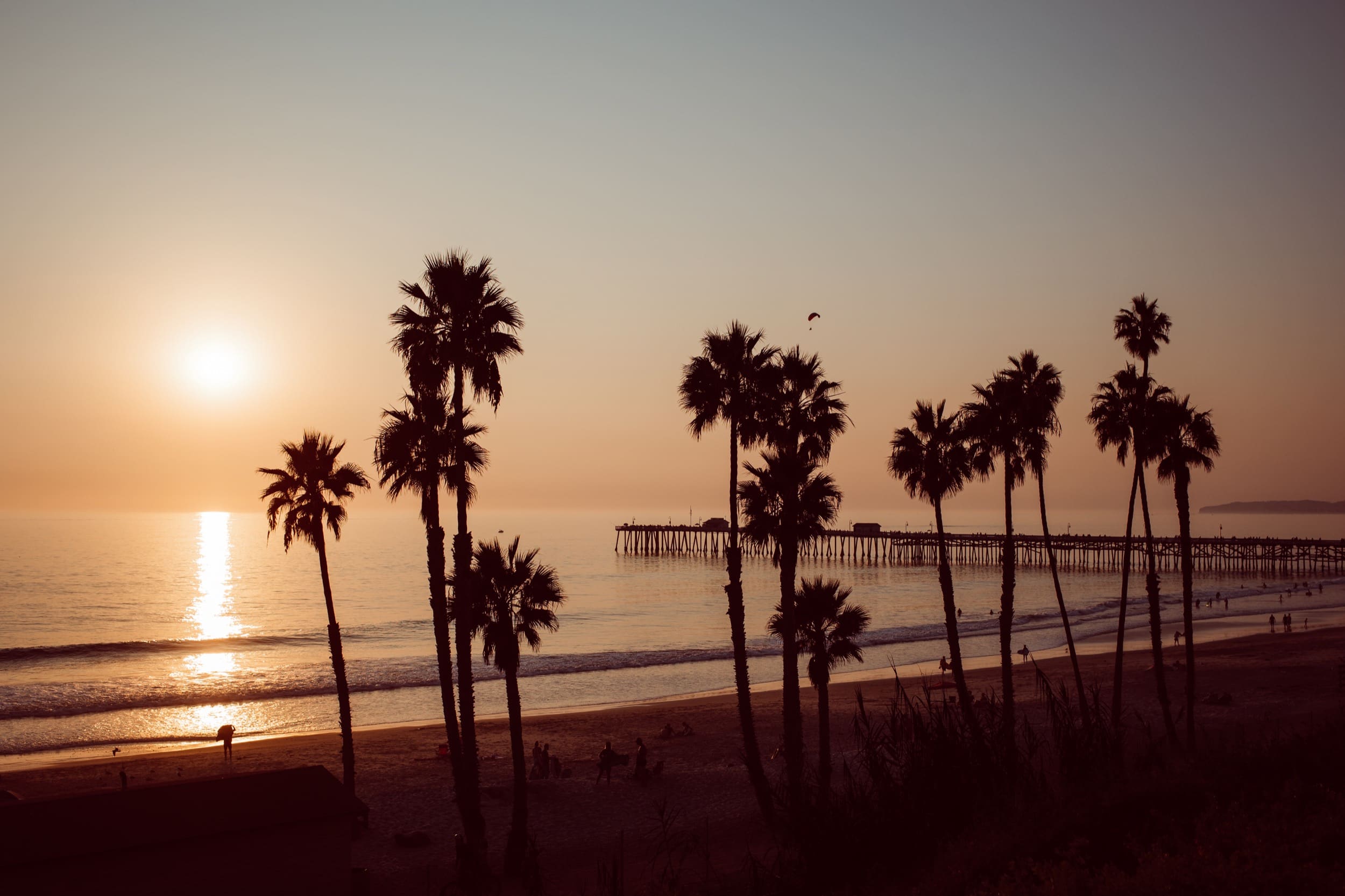
| **This website contains affiliate links. We will earn a small commission on purchases made through these links. Some of the links used in these articles will direct you to Amazon. As an Amazon Associate, I earn from qualifying purchases. |


